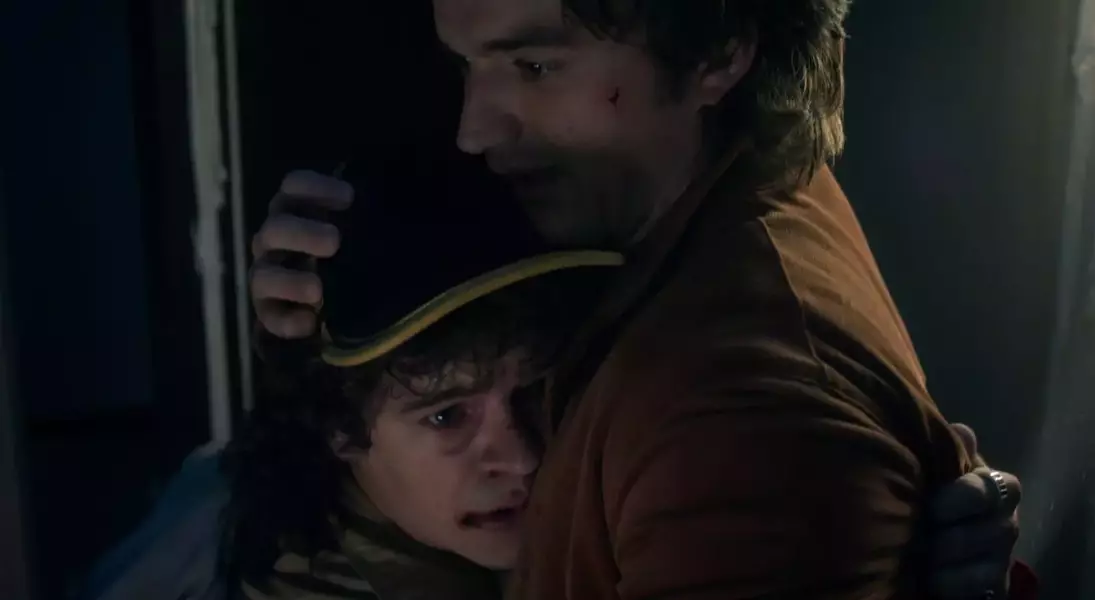




The highly anticipated initial installment of the fifth season of "Stranger Things" has finally arrived on Netflix, three years after the previous season captivated audiences worldwide. This volume, comprising the first four episodes, aims to set the stage for the series' grand finale, promising a climactic confrontation with the formidable Vecna. While the reunion with beloved characters and the show's signature intricate plotlines are undoubtedly a treat, these early episodes function primarily as a prelude, showcasing stunning visuals and a compelling atmosphere without fully unleashing the narrative's full potential. The critical reception suggests that fans will appreciate the production quality and emotional depth, even as they await the true climax in the subsequent parts of the season.
The journey back to Hawkins begins with a nostalgic nod to the past, referencing Will Byers' abduction from the first season, an event whose deeper significance is revealed as the plot unfolds. The town itself has been transformed since Vecna's devastating earthquake, now a quarantined zone with military presence led by the new character Dr. Kay, portrayed by the iconic Linda Hamilton. This setting immediately establishes a heightened sense of peril and an oppressive atmosphere, underscoring the gravity of the threats that loom over the characters.
Key characters find themselves in various states of recovery and preparation: Max remains in a coma, while Will, Dustin, Mike, and Lucas navigate their school lives amidst the ongoing crisis. Eleven, under the tutelage of Hopper and Joyce, is rigorously training for the impending conflict. Meanwhile, Robin, Steve, Nancy, and Jonathan embark on a perilous mission into the Upside Down, seeking to finally confront Vecna. These interwoven storylines propel the narrative forward, leading to a series of parallel adventures that oscillate between the eerie alternate dimension and terrifying incursions of Demogorgons into the human world.
The first four episodes are packed with engaging moments, including a suspenseful opening in the second episode and a playful, "Home Alone"-esque sequence in the third, perfectly timed for a holiday release. The fourth episode culminates in a genuine sense of danger, with expertly choreographed action that maintains the show's high standards. The series continues to exude its characteristic flair through a carefully curated nostalgic soundtrack, meticulous production design, brisk editing, and witty dialogue, cementing its status as a standout in the television landscape.
However, despite these strengths, these initial episodes feel somewhat incomplete, serving more as an elaborate setup for what is to come rather than a self-contained narrative arc. Critics note that while spectacular, the pacing suggests a deliberate restraint, with the Duffer brothers holding back the full force of their storytelling for later installments. This approach, while building anticipation, leaves viewers yearning for the explosive payoff that made previous seasons so memorable, particularly the unexpected cultural phenomenon of Max's "Running Up That Hill" scene in season four.
Ultimately, this first volume acts as a comprehensive reintroduction to the world of "Stranger Things," meticulously rebuilding the tension and re-establishing the stakes. It's a visually impressive and emotionally resonant beginning, but one that undeniably functions as a prelude. The success of this final season, and indeed the show's lasting legacy, will largely hinge on how effectively the upcoming episodes deliver on the immense promises and expectations that these initial chapters have so carefully cultivated.
